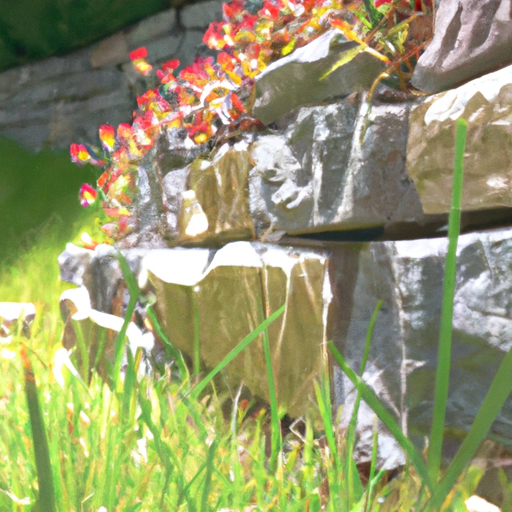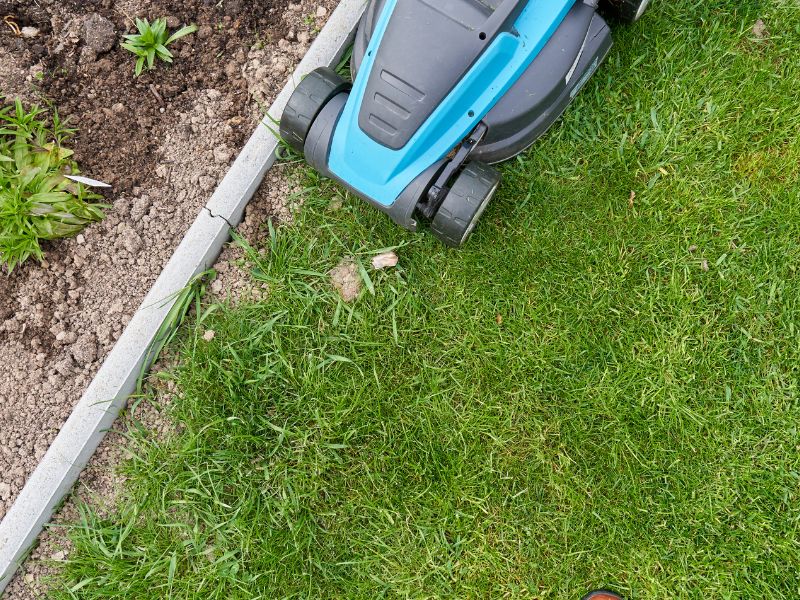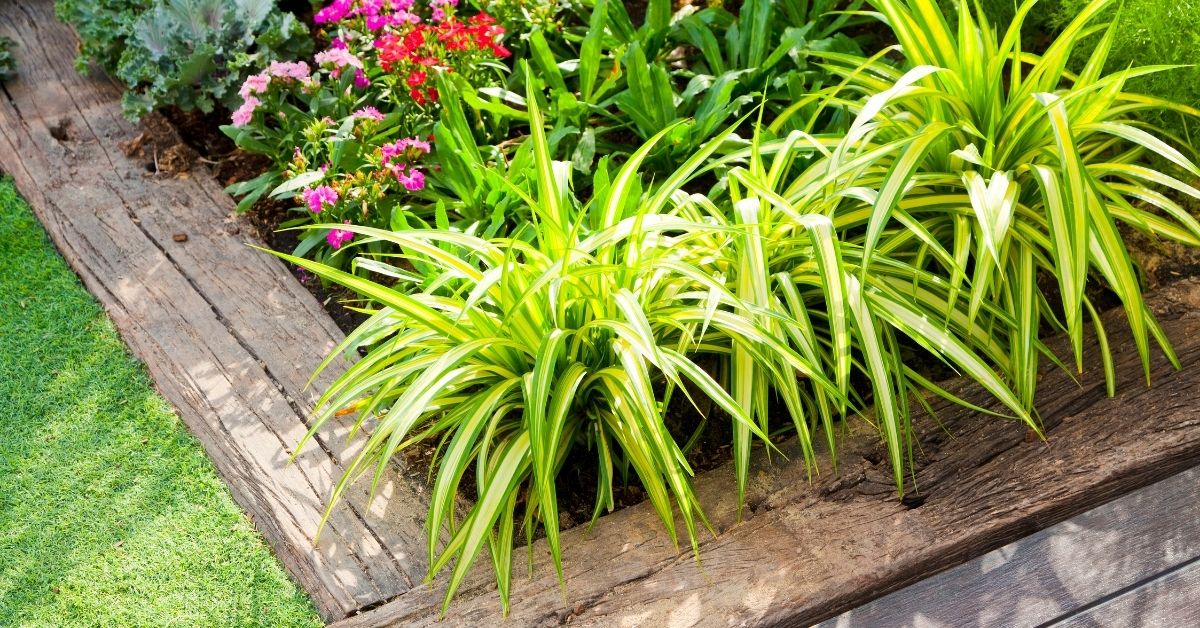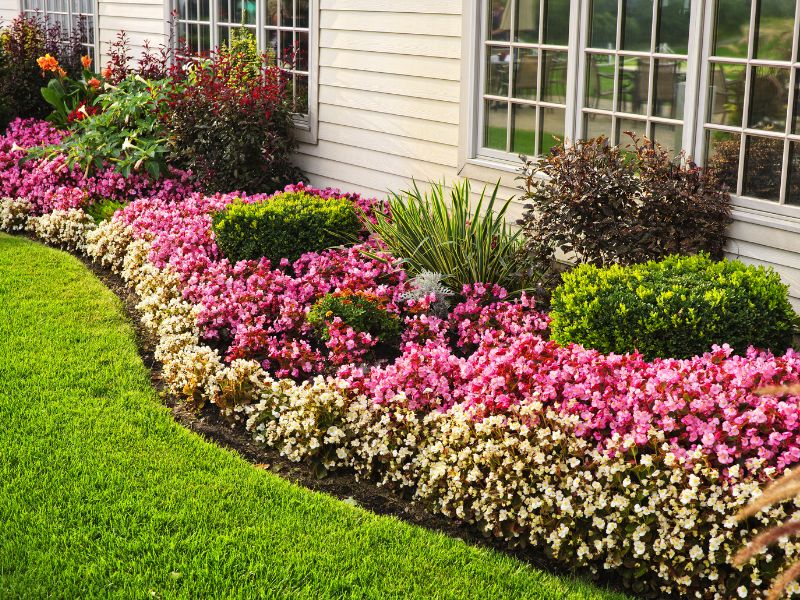Table of Contents
How to Choose the Right Lawn Edging for Your Landscape Design

Are you on the lookout for unique lawn edging ideas to boost your home’s curb appeal? When it comes to landscape design, lawn edging is an important element that can make or break the look of your outdoor space. From plastic to metal to stone, there are a variety of materials to choose from when selecting the right lawn edging for your landscape design. You can make your own with upcycled materials, or visit your local hardware store. No matter what you choose, you want your lawn to look its best. Here are a few tips to help you make the best choice for your yard.
First, consider the overall look you’re trying to achieve. Do you want a modern, sleek look or a more natural, rustic feel? Different materials will give you different results, so it’s important to think about the overall aesthetic you’re going for.
Next, consider the size of your lawn. If you have a large area, you may want to opt for a more substantial material like stone or metal. If you have a smaller area, plastic or wood may be a better option.
Finally, think about the maintenance involved. Some materials require more upkeep than others, so make sure you’re prepared to commit to the necessary maintenance before making your final decision.
By taking the time to consider these factors, you can ensure that you choose the right lawn edging for your landscape design. With the right material, you can create a beautiful outdoor space that you’ll enjoy for years to come.

Creative Ways to Use Lawn Edging to Enhance Your Landscape Design
Lawn edging is a great way to enhance your landscape design and create a neat, finished look for your outdoor space. Here are some creative ways to use lawn edging to make your landscape design stand out:
1. Create a border around your garden beds. Lawn edging can be used to create a neat border around your garden beds, helping to define the space and keep your plants contained. Choose a material that complements the style of your garden, such as brick, stone, or metal.
2. Create a pathway. Lawn edging can be used to create a pathway through your garden, leading visitors to different areas of your landscape. Choose a material that is durable and easy to maintain, such as concrete or gravel.
3. Create a focal point. Lawn edging can be used to create a focal point in your landscape design. For example, you could use a curved edging to create a winding path or a raised edging to create a raised bed.
4. Add texture and color. Lawn edging can be used to add texture and color to your landscape design. Choose materials that contrast with the colors of your plants and flowers, such as brick or stone.
5. Create a seating area. Lawn edging can be used to create a seating area in your landscape design. Choose a material that is comfortable to sit on, such as wood or stone.
By using lawn edging to enhance your landscape design, you can create a beautiful and inviting outdoor space that you and your family can enjoy for years to come.

The Benefits of Installing Lawn Edging in Your Landscape Design
If you’re looking to spruce up your landscape design, lawn edging is a great way to do it. Not only does it add a nice aesthetic touch to your yard, but it also has a number of practical benefits. Here are just a few of the advantages of installing lawn edging in your landscape design.
First, lawn edging helps to define the boundaries of your lawn. This can be especially helpful if you have a large yard with multiple sections. By installing edging, you can clearly delineate the different areas of your lawn, making it easier to keep track of and maintain.
Second, lawn edging can help to keep weeds and grass from spreading into other areas of your yard. This is especially useful if you have flower beds or other landscaping features that you don’t want to be overrun by grass and weeds. By installing edging, you can keep these areas looking neat and tidy.
Third, lawn edging can also help to keep your lawn looking neat and tidy. By creating a defined edge, you can keep your grass from growing too long and unruly. This can help to give your lawn a more manicured look.
Finally, lawn edging can also help to protect your lawn from damage. By creating a barrier between your lawn and other areas of your yard, you can help to prevent damage from foot traffic, pets, and other sources.
As you can see, there are a number of benefits to installing lawn edging in your landscape design. Not only does it add a nice aesthetic touch to your yard, but it also has a number of practical benefits. So, if you’re looking to spruce up your landscape design, consider installing lawn edging.
Tips for Installing Lawn Edging for a Professional Look in Your Landscape Design
1. Start by measuring the area you want to edge. This will help you determine how much edging material you need to purchase.
2. Choose the type of edging material that best suits your landscape design. Options include plastic, metal, brick, stone, or wood.
3. Dig a trench around the perimeter of the area you want to edge. Make sure the trench is at least two inches deep.
4. Place the edging material into the trench and use a level to make sure it is even.
5. Secure the edging material in place with stakes or pins.
6. Fill in the trench with soil and tamp it down.
7. Add a layer of mulch around the edging material to give it a finished look.
8. Water the area to help the edging material settle into place.
Following these steps will help you achieve that professional look you want in your landscape design. With a little bit of extra effort, you can create a beautiful and well-defined edge for your lawn and become the envy of your neighborhood.


